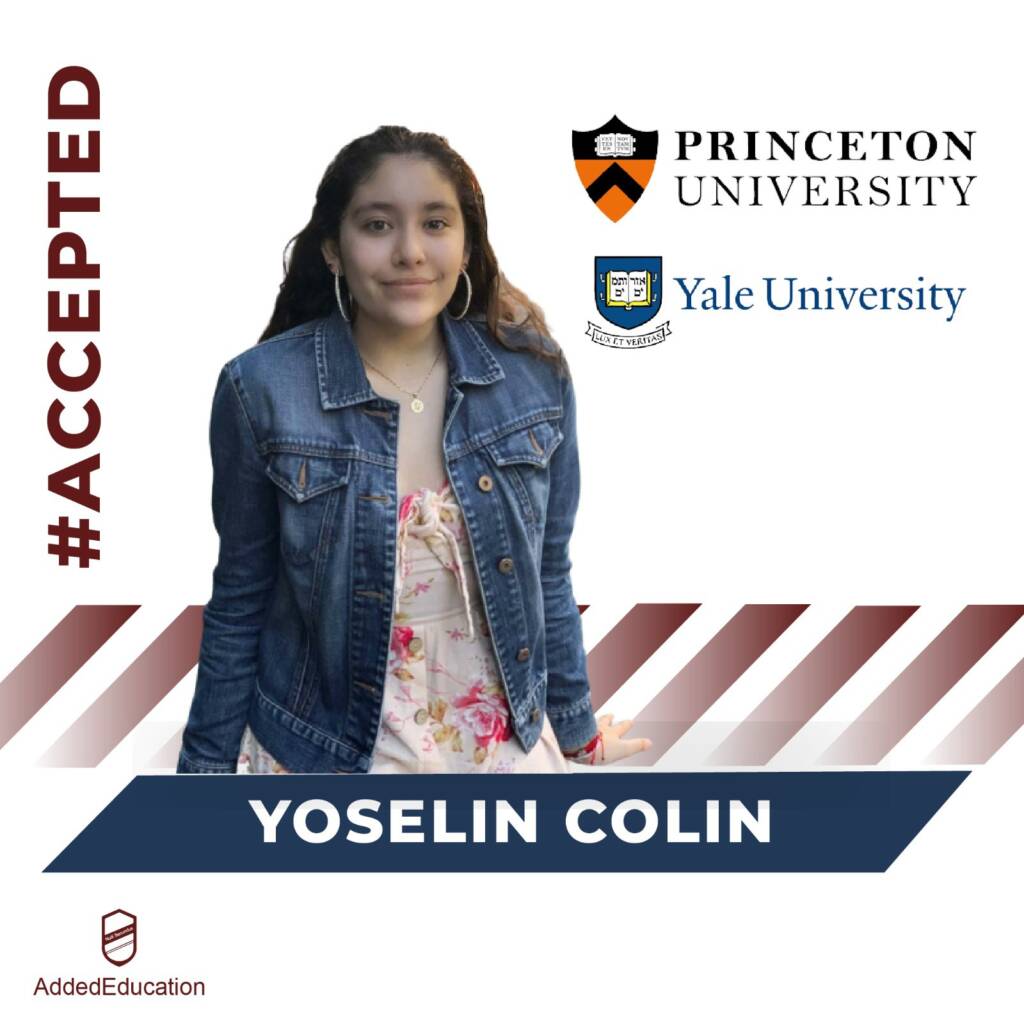Here’s the secret: the most successful students aren’t working 24/7—they’re working smart. Let’s go through the strategies that top college applicants use to make their winter break count without sacrificing the holidays!
1. The 40-30-30 Balance Rule
Our most successful students (i.e. the ones who get into their dream universities) follow a surprising formula during their break: 40% rest, 30% extracurricular work, and 30% college prep; it’s about really having a solid structure to follow so you can prioritize accordingly. These students return to school refreshed and ready to maintain their competitive edge.
Remember: colleges want well-rounded individuals, not burned-out overachievers! While you should be getting outside of your comfort zone, you should also make sure to strike a balance and remain centered!
2. Strategic Shadowing
While others are sleeping in, successful students spend a few strategic days shadowing professionals in their dream fields. They know that winter break offers unique advantages for career exploration:
3. Documenting Everything!
Documentation isn’t just about record-keeping—it’s about giving yourself space for reflection and growth. The best students don’t just do activities—they keep track of them. During break, they:
This becomes great material for college essays and interviews later.
4. The Alumni Connection Window
The holiday season creates a unique opportunity for networking that doesn’t exist during other times of the year. Winter break is the perfect time to connect with college alumni because they’re:
5. The Skill-Stacking Approach
This strategy is about efficiency + impact. So, instead of spreading yourself thin, combining your interests shows initiative and creativity.
Think about your interests as building blocks that can be combined in innovative ways:
What makes skill-stacking particularly appealing to admissions officers is that it demonstrates:
The best skill-stacks solve real problems or fill genuine needs in your school or community. Remember, colleges aren’t just looking for students who can handle multiple activities—they’re looking for students who can think strategically about how to make those activities work together for greater impact.
6. The Early Research Advantage
Timing is everything in college admissions, and winter break offers a strategic window for preparation. While most students wait until spring, successful applicants use winter break to:
7. Your Winter Break Plan
This framework is designed to help you implement all the above strategies without feeling overwhelmed:
Week Before Break:
First Week:
The goal isn’t to skip the holiday fun—it’s to add some productive activities naturally into your break. The best college applicants aren’t the ones who work through their whole vacation, but the ones who use their time wisely.
Need help planning your break? Our counselors offer free 30-minute sessions to help you create a plan that works for you.




